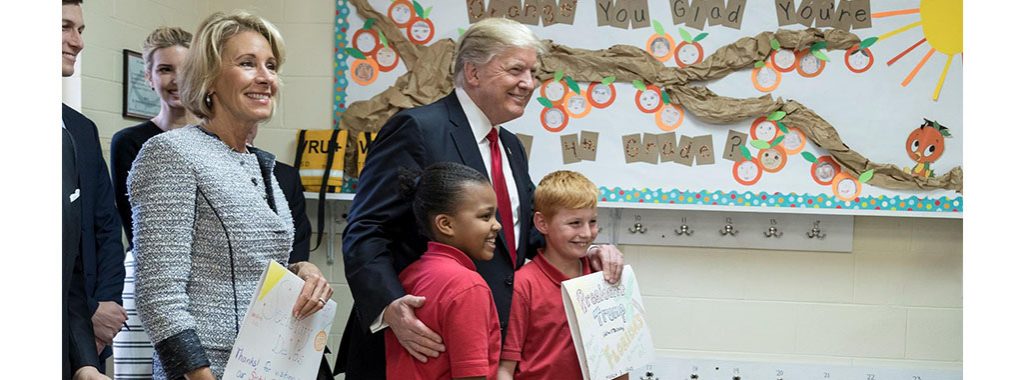Independent charter schools have seen a drop in approval, which has led them to redirect their focus.
Although charter schools are technically public schools, there has always been some disconnect between the two. Rather than pitting the two against one another, the two systems should look to support one another by addressing the differing needs of students.
Charter schools are each individually tailored towards a program or people group. According to the National Charter School Resource Center, these schools can be focused on enriching a certain area of study, such as a Science, Technology, Engineering and Math academy, or by focusing on the needs of disabled students or students who did not succeed in a traditional learning environment.
Despite the expanding diversity of school programs, charter school approval ratings dropped from 51 percent support in 2016 to 39 percent in 2017, according to the annual poll conducted by EducationNext.
But why?
Charter schools stirred a lot of controversy and were highly criticized during the 2016 presidential election. As public school institutions, charter schools are run through tax dollars that would otherwise be allocated to public schools. The argument often presented is that charter schools spread public funds too thin and are unsuccessful.
Traditional public school is not for everyone. However, financial problems can keep families from having the option of a private school or homeschool education. Charter schools offer a potential alternative, as they offer the tailored education of private schools without the high cost of tuition.
Another issue of charter schools is the disconnect from traditional institutions, an issue that the Coalition of Community Charter Schools is attempting to solve in its Independent Charter School Symposium.
The symposium is aiming to reinvent charter schools by making them an active part of the community, dedicated to welcoming everyone. The coalition wants charter schools to be working together on multiple levels – an active part of the charter school network as a whole, with the local district schools that pertain to them and with the independent schools in surrounding areas.
In this redefinition, charter schools will try to stop being secluded and instead be known as an active part of the community. The goal is to improve the support for charter schools among community members so that students may thrive.
At the end of the day, the goal of education is always meant to be in the best interest of the student. For some students, this may take the form of a traditional public education. But for those who need something more – whether that be specialized programs to help their natural talents excel beyond normal standards, or to meet other students in their struggles to guide them through charter schools are a fantastic option that must be supported.
Small charter schools benefit students through both the educational and emotional aspects of their development. Often, students who struggle with academic and behavioral issues can be removed from the district setting and moved to a more focused charter setting and go on to turn their lives around, using their stories to help other who struggle with the same issues.
Although charter schools will most likely never rise above the traditional district schooling in terms of enrollment, when the two institutions support one another instead of competing against each other, they reach more students and create more success than they do separately.
Charter schools need a fresh take on their involvement in community, but with the changes suggested by Coalition of Community Charter Schools for renewed involvement in community and collaboration with other educational institutions, students could greatly benefit from a new array of opportuni
